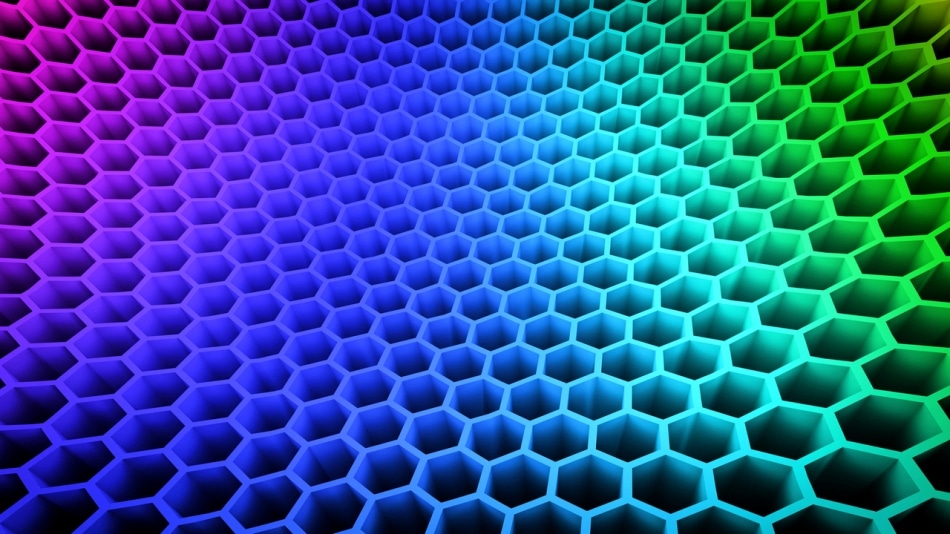Dec 6 2017
A Universidad Politécnica de Madrid (UPM) researcher has been taking part in the development of a technique that establishes the density of defects in two-dimensional (2D) nanomaterials because of measurements of spatial coherence of light that strike them.
 Credit: freeimages
Credit: freeimages
Researchers from University of Central Florida (UCF) in partnership with a researcher from UPM have published an article in the Optica journal that talks about a new phenomenon while measuring the variations on the coherence of a light beam that strikes a monolayer of carbon atoms.
Researchers have demonstrated that there is a direct relationship between light properties and structural properties of a 2D material in a way that this process can determine the defect density of a layer. This makes way for its usage as a reliable quality control technique when producing graphene layers.
The interaction between the matter and the light has been and still is an applicable field of research because of the increasing number of applications. Mostly, the capacity to control the interaction light-matter on a scale below the wavelength of the electromagnetic radiation used in an experiment has interesting consequences for material sciences and a variety of photonics technologies.
In this context, a research team along with Professor Félix Salazar from School of Mining and Energy Engineering (ETSIME) at UPM, have used a monolayer of graphene to exhibit that the relative properties of the spatial coherence of light in the proximity of surfaces illuminated by randomized electromagnetic fields, is considerably influenced by the density of defects in crystalline lattices of this material.
This direct relationship between the altering properties of light and the number of defects of a layer after the examination of the elastic interaction between atoms and photons allows one to detect the defects of 2D material developments such as graphene.
The product’s quality is vital in any process of production, thus it is needed to accurately discover the purity of samples that will be placed on the technological market. The developed procedure can be used as a reliable technique of production process control of these 2D layers.
Besides the detection of defects in 2D layers, the analyzed phenomenon can be applied in reverse. That is, incorporating defects in a regulated manner would allow the team to alter the will of the spatial properties of incident light, resulting in a stimulating field of application in the technology of photovoltaic cells and photonic devices, among others.
We have found out a new phenomenon in an atom layer, essentially transparent, that is able to change the spatial coherence of the light through a two-dimensional material, and this can be used to find out the number of defects existing in a monolayer of atoms as well as to manipulate the incident light.
Professor Félix Salazar, The School of Mining and Energy Engineering (ETSIME), UPM